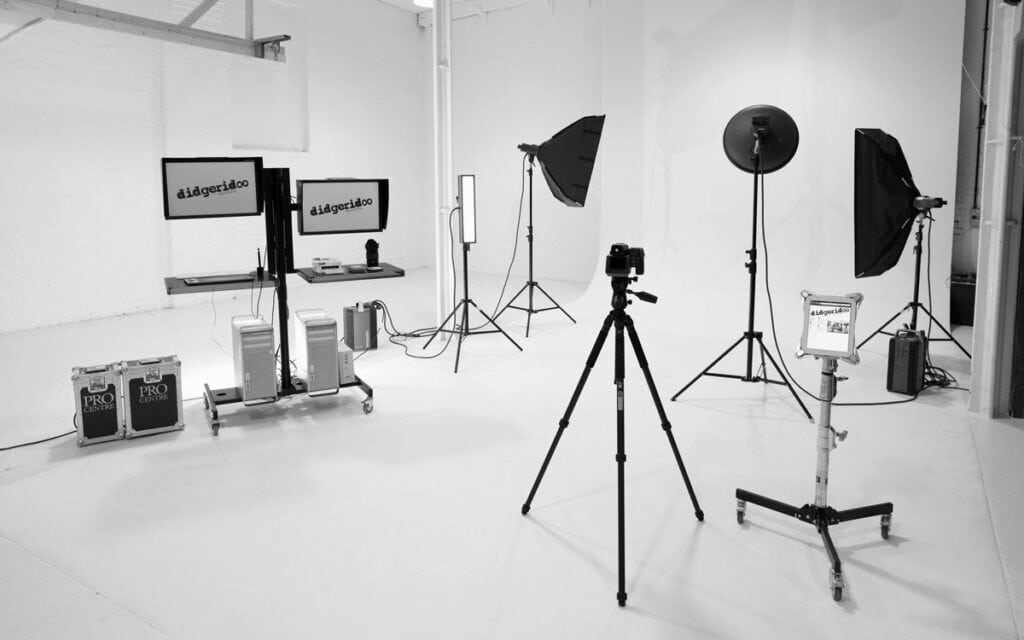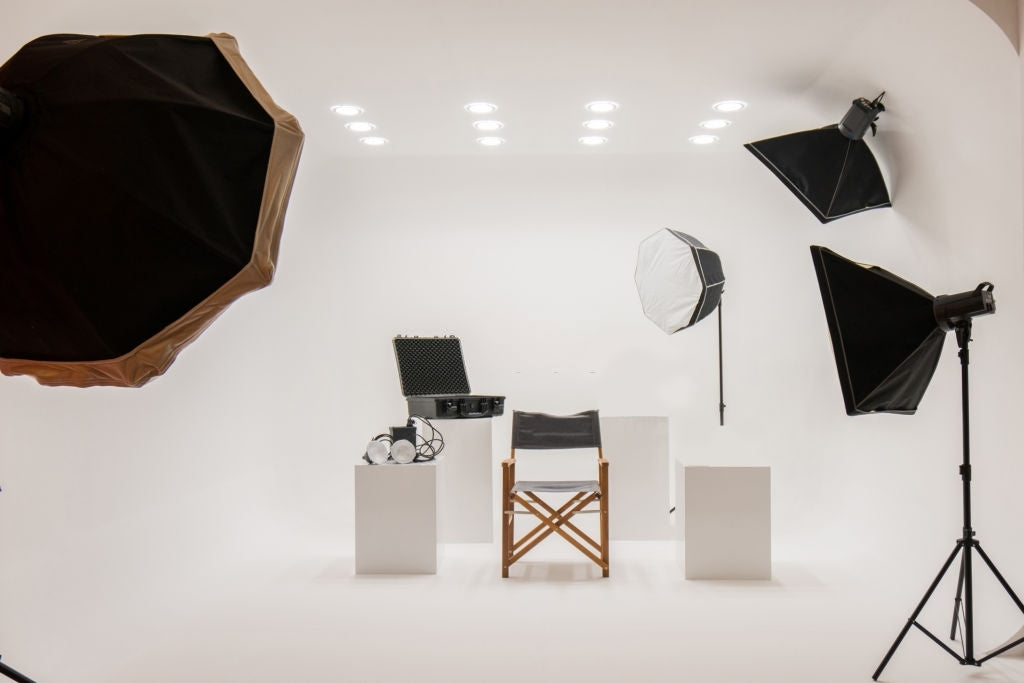How to Get Dramatic Lighting in Photography for Breathtaking Shots?
Are you a professional photographer looking to elevate your images to new heights? Mastering the art of dramatic lighting in photography can set your work apart and draw viewers in. In this guide, we will dive into effective techniques and tips that will surely help you harness the power of light for stunning results.
Dramatic lighting can dramatically change the mood and impact of your shots, allowing you to convey emotion and tell compelling stories through your lens. We will explore various concepts and practical tips on how to achieve this striking look, ensuring that your photography stands out.

Understanding the Importance of Lighting
Lighting is one of the most crucial elements in photography. It influences the texture, mood, and feel of your images. When discussing how to get dramatic lighting in photography, it is paramount to acknowledge that not all lighting is created equal. The source, angle, and quality of light dramatically affect the outcome.
Types of Lighting in Photography
Before diving into techniques, lets take a closer look at different types of lighting you can use. For a more in-depth exploration, consider reading about lighting types. Some prevalent types include:
- Natural Light: Harnessing the sun's rays, which vary throughout the day.
- Artificial Light: Using flash, LED, or studio lights to control and manipulate lighting.
- Ambient Light: The total light available in a scene; useful for creating a specific mood or atmosphere.
- Hard and Soft Light: Different lighting textures that affect the contrast and sharpness of shadows.

Key Techniques for Creating Dramatic Lighting
Here are crucial techniques for achieving those impactful, dramatic lighting effects:
Utilize Rembrandt Lighting
Rembrandt lighting is a classic portrait lighting technique that creates a dramatic effect. It involves positioning the light source at an angle, thus creating a triangle of light on the subject's cheek. This lighting setup fosters emotional depth and character, making your portraits compelling.
Control Your Shadows
The game of shadows adds drama to your images. Play around with hard and soft light to determine how shadow shapes can enhance your composition. It might be beneficial to refer to the importance of light for additional insights.
Backlighting Technique
Backlighting can create dramatic silhouettes, particularly during sunrise or sunset. Incorporate this method strategically to emphasize shapes or forms, leading to more engaging compositions.
Three-Point Lighting Setup
A standard lighting technique involves three lights: key light, fill light, and backlight. This setup helps create dimension and allows you to emphasize specific features while softly lighting the background.
Experiment with Color Temperature
Playing with different color temperatures can dramatically change the mood of your photos. Use warmer tones for a comforting atmosphere and cooler tones to evoke tension or distance. Adjusting your white balance can heighten this effect.

Choosing the Right Equipment
The equipment you utilize can also impact your dramatic lighting approach. Invest in quality gear tailored to your vision. To help you find the right camera accessories, you might want to check out camera bags.
Lighting Equipment
Consider investing in:
- Softboxes: For soft, diffused light.
- Reflectors: To bounce and manipulate light.
- Speedlights: Portable flash units for on-the-go shooting.
- Light Meters: To measure light intensity and assist exposure settings.

Post-Processing for Dramatic Effects
Enhancing your images in post-processing can further pull out the dramatic lighting youve captured. Adobe Lightroom and Photoshop are excellent tools for adjusting exposure, contrast, and tone. Always remember that subtlety is key; too much editing can detract from the initial expression.
Techniques for Editing
Here are a few editing techniques you might consider:
- Dodging and Burning: To lighten and darken specific areas for emphasis.
- Contrast Adjustment: To differentiate the highlights and shadows.
- Color Grading: To create a cohesive mood and balance your color palette.
Putting It All Together: Composition Tips
Finally, composition plays a crucial role in utilizing dramatic lighting effectively. Utilize the rule of thirds, leading lines, and framing to add interest to your images. The way you compose your shot can either exploit or hide your lighting choices. A great resource for this can be found at types of photography lighting.
Practice and Experiment
Never underestimate the power of practice. Take your time to experiment with different setups and angles, whether during golden hour or within a controlled studio environment.
Frequently Asked Questions
What are the best times for natural dramatic lighting?
The golden hour, shortly after sunrise and before sunset, provides warm, soft light perfect for dramatic photography.
How can I prevent overexposure in bright light conditions?
Using neutral density filters can help reduce light intensity and prevent overexposure in bright conditions.
Can I achieve dramatic lighting in indoor photography?
Yes, dramatic lighting techniques can be successfully applied indoors using artificial light sources, stands, reflectors, and careful placement.
As an Amazon Associate, I earn from qualifying purchases.

